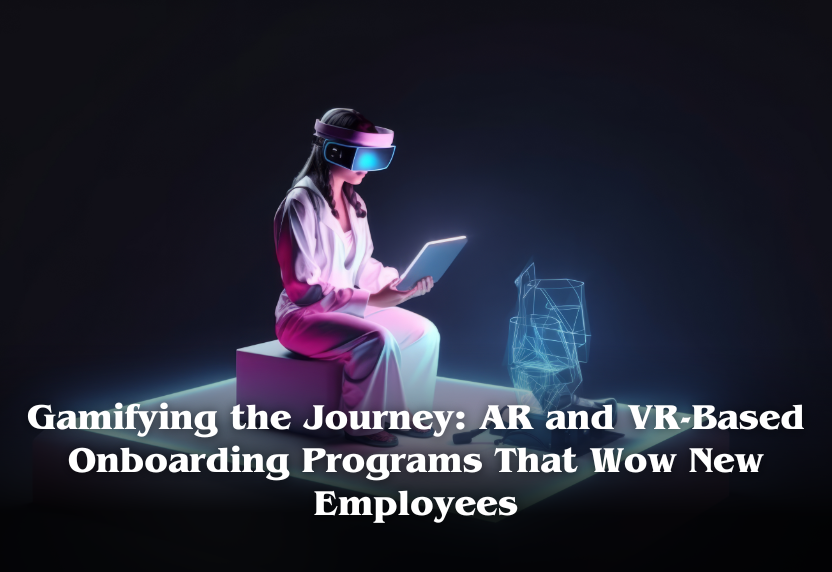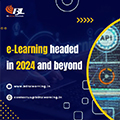
Blog
- Home
- Blog

28Jan
Gamifying the Journey: AR and VR-Based Onboarding Programs That Wow New Employees
Introduction
The onboarding experience sets the tone for a new employee's journey within a company. Traditional methods often involve dense paperwork and a series of unengaging presentations, which can overwhelm and disengage new hires. Enter gamification, powered by cutting-edge technologies like Augmented Reality (AR) and Virtual Reality (VR). These innovative solutions are transforming onboarding programs into immersive, engaging, and memorable experiences.
Why Gamify Onboarding?
Gamification taps into the innate human love for games and challenges, making mundane processes exciting and interactive. By incorporating AR and VR, companies can:
1. Boost Engagement: Interactive environments stimulate curiosity and active participation.
2. Enhance Retention : Immersive learning helps new employees absorb and retain information more effectively.
3. Foster Connection : AR and VR create shared experiences, encouraging collaboration and camaraderie among new hires.
4. Streamline Complexity : Complex procedures or workplace layouts can be simplified into digestible, visually engaging modules.
AR and VR in Action
Here are some practical applications of AR and VR that make onboarding not just informative but enjoyable:
1. Virtual Office Tours : Instead of walking new employees through a physical office space, a VR headset can transport them to a 360-degree virtual environment. They can explore workstations, meeting rooms, and recreational areas at their own pace, familiarizing themselves with the workspace without feeling overwhelmed.
2. Role Simulations : Through VR, new hires can experience real-life job scenarios, such as handling customer queries or managing a production line. These simulations allow employees to practice and learn in a risk-free environment, building confidence before they tackle real challenges.
3. Interactive AR Guides : Using AR on their smartphones or tablets, new employees can scan QR codes placed around the office to access information about departments, key personnel, or equipment. This self-paced discovery adds an element of fun to the learning process.
4. Gamified Learning Modules : Companies can create AR or VR-based games to teach company policies, values, and workflows. For instance, a VR treasure hunt can guide employees to uncover key elements of the company’s mission, while AR quizzes reinforce understanding of compliance rules.
Challenges to Consider
While AR and VR offer immense potential, implementing these technologies comes with challenges. High initial costs, technical expertise requirements, and ensuring accessibility for all employees are some hurdles. However, as the technology matures, these barriers are gradually diminishing, making AR and VR more feasible for organizations of all sizes.
Conclusion
The integration of AR and VR into onboarding programs highlights the growing shift towards employee-centric workplaces. These technologies not only captivate new hires but also showcase a company’s dedication to innovation and employee satisfaction. By gamifying the onboarding process, organizations can lay the foundation for a more engaging and productive employee experience. Ultimately, AR and VR are not merely tools; they are transformative experiences that can reshape how companies welcome and integrate new talent. The real question is not whether to gamify your onboarding, but how soon you can begin!

Neha Khare
About authorNeha Khare specializes in designing engaging and effective learning experiences tailored to learners' needs and also creates insightful blogs on corporate e-learning. She develops creative instructional methods, integrates multimedia, and aligns content with learning goals. Neha's innovative techniques and blog contributions significantly enhance the quality and impact of corporate training programs.



Leave a comments